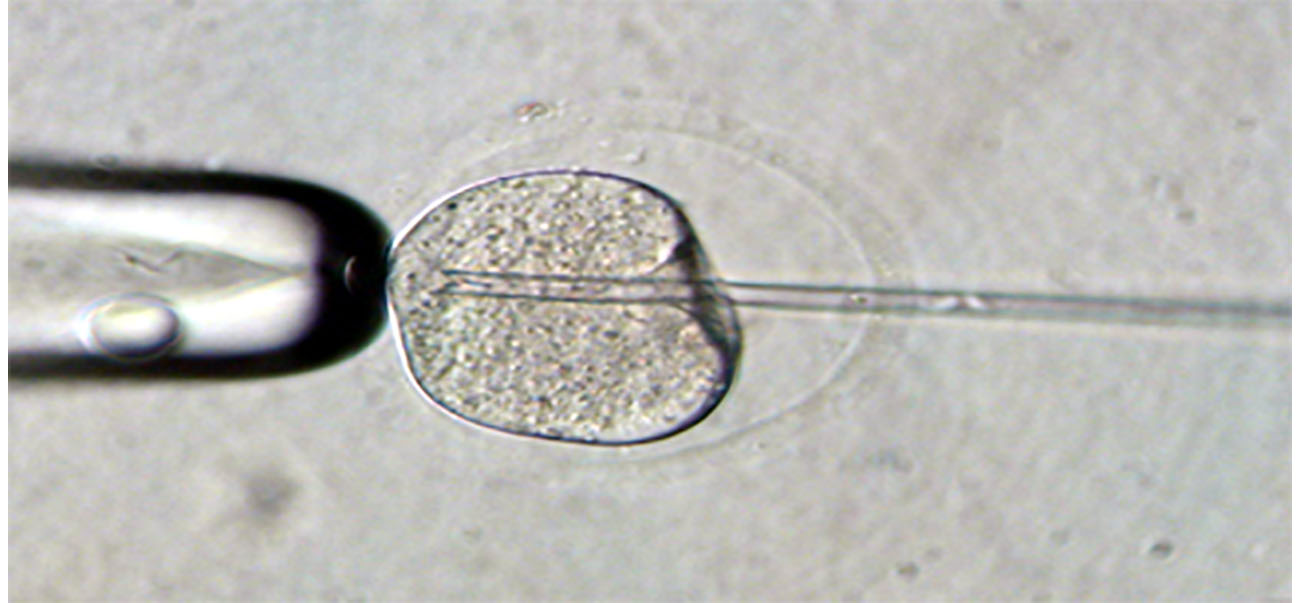
- Stage of development
-
Technology ready for testing
- Intellectual property
-
Priority patent application filed
- Intended collaboration
-
Licensing and/or co-development
- Contact
-
Rosa RodríguezVice-presidency for Innovation and Transferrosa.rodriguez@inia.csic.escomercializacion@csic.es
- Reference
-
CSIC/RR/006
Additional information
#Agriculture, livestock and marine science
#Animal production
#Molecular and cell biology
In vitro evaluation and selection of sperm with fertilizing capacity
In vitro method to assess the fertilizing capacity of spermatozoa and select those of better quality and with the ability to penetrate the zona pellucida (ZP) of the oocyte and fertilize it.
- Market need
-
The absence of an in vitro method to assess the fertilizing capacity of spermatozoa and select those of better quality and with the ability to penetrate the zona pellucida (ZP) of the oocyte and fertilize it has partly determined that the most commonly used assisted reproduction technique for fertilizing oocytes has been intracytoplasmic sperm injection (ICSI), a much more intrusive method than in vitro fertilization (IVF) and with relatively low success rates.
- Proposed solution
-
The method developed involves the removal of cytoplasmic material from oocytes previously isolated from bovine ovaries and heterologous in vitro fertilization between the zona pellucida-free oocytes and a sample of sperm previously isolated from a mammal. It is assessed whether the sample has fertilization capacity based on the percentage of spermatozoa from the sample that penetrates the zona pellucida (minimun 50%). Finally, when determined that the sample has fertilization capacity, the sperm that has penetrated the zona pellucida is recovered, being this optimal for use in reproductive techniques.
- Competitive advantages
-
- Sperm capacitation can been used as a direct predictor of fertility. As an alternative to sperm count, motility, morphology and other factors.
- This method allows for the discrimination of assisted reproduction patients who could benefit from IVF or ICSI. It also helps identify patients whose sperm samples are incapable of binding and/or penetrating the zona pellucida.